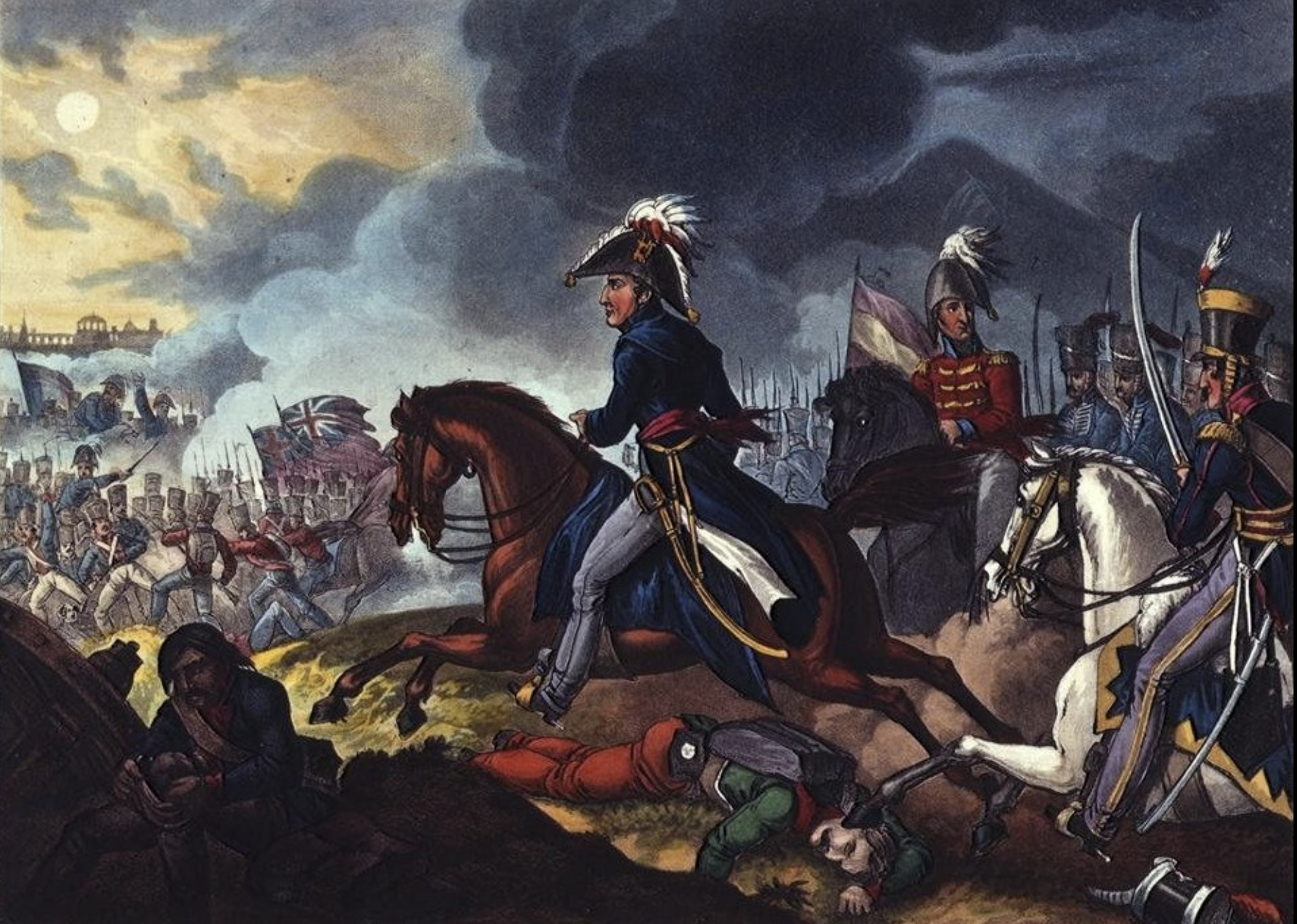
Overall reflection on Part IV
The reviews of individual chapters in Part IV of the Handbook of ODDE, Chapters 28 to 39, have been posted separately (see Organization, Leadership and Change in Open, Distance and Digital Education: book review, Part 1 and Organization, Leadership and Change in Open, Distance and Digital Education: book review, Part 2
Better as a separate book
Once again, I would stress that these chapters would be much more valuable if they had been published as a separate book on organization, leadership and change in ODDE. This would have allowed for a better focus and more cohesion between the chapters, with cross-referencing and a summary chapter that pulled all the threads together. Having read all 12 chapters, nearly all of which were excellent in their own right, I’m still left with a confused idea about how all these organizational and leadership issues specific to ODDE fit together.
What was missing
Perhaps it’s best to start with what I did find missing – and it’s not a bad thing. Had these chapters been written 10 or 20 years ago, there would have been a lot of discussion about the personal qualities of leaders, men (of course) with a strong vision and the power to command, enabling an institution to move in step towards a shared goal.
Today, there is more appreciation of the complexity of leadership, the need to consult and negotiate, and also of the complexity of higher education institutions, with often multiple goals and roles. As Paul says in his introduction, The importance of developing collective approaches to leadership runs throughout these chapters and highlights a widespread need for a complete rethinking of the roles and responsibilities of institutional leaders and how they are selected and assessed. This does not mean that individual leadership is not important, but to be successful, it needs to be much more subtle than the older models of charismatic leaders.
The other issue around leadership that was also missed in these papers is the often transient nature of leadership, particularly in universities. In terms of teaching and learning, at least in North America, the Provost or Vice-President Academic is often the one with the money and ultimate authority, but the average tenure of Provosts is often three years or less. Often it can take over a year to find and appoint a new Provost, during which time the organisation drifts. It is very difficult to set a long term strategy for an institution when the senior administration keeps changing. This is an issue that doesn’t get the attention it deserves.
This is not an issue specific to ODDE, except that while conventional universities can drift without much change, ODDE institutions need to be constantly aware of the changing environment so they can offer unique and relevant counterpoints to the traditional universities. Some continuity in direction is needed in any institution.
Balancing short-term and long-term planning
Then there is the constant tension between short-term and long-term vision and planning. While this is a challenge for all institutions, it is particularly difficult for ODDE institutions to move between the two. Athabasca University in Canada several years ago went through the process of long-term planning, partly because its IT systems had become archaic, but despite bringing in someone with the experience and vision to move the university in the right direction, he was undermined by government interference and eventually sacked.
My point here is that most of the articles were about what went right with organization, leadership and change in ODDE, but often the best lessons come from what went wrong. I would have appreciated a few more disasters in this section, but then that probably reflects more on me than on ODDE.
The problem of generalisation
Another issue is the difficulty of generalizing from one context to another with respect particularly to organizational issues. Not only do ODDE institutions differ from most conventional institutions with respect to organization, they also differ considerably from each other. (One of the big differences for instance is between independent and cohort teaching and learning). What will work well in one situation may not be possible in another. This seems particularly true of partnerships which seem to need a unique set of circumstances in each case for them to work.
How to deal with increased competition
I would also have appreciated more on the impact on ODDE institutions of conventional universities moving more and more into online and distance learning. Given the success of many conventional institutions in delivering quality online learning, how should ‘single-focus’ ODDE institutions position themselves against this challenge? Are the boundaries becoming so blurred that this differentiation between specialist ODDE institutions and conventional institutions no longer is meaningful?
The need for more research
As Zawacki-Richter and Anderson (2014) have noted, organizational and leadership issues are among the least researched areas of ODDE. In particular, we need to move beyond single cases to more systematic analysis of organization and leadership in ODDE. This is no longer an esoteric and isolated field but now is important for most HE institutions.
Well worth reading
None of this distracts from the excellence of the individual chapters. Indeed, they have sparked this wide ranging reflection on my part. I do recommend that if you have any interest in ODDE, this is the part of the book I would most concentrate on, but that may just reflect my own interests.
Reference
Zawacki-Richter, O. & Anderson, T. (Eds.), Online distance education – Towards a research agenda Athabasca University Press.









 Dr. Tony Bates is the author of eleven books in the field of online learning and distance education. He has provided consulting services specializing in training in the planning and management of online learning and distance education, working with over 40 organizations in 25 countries. Tony is a Research Associate with Contact North | Contact Nord, Ontario’s Distance Education & Training Network.
Dr. Tony Bates is the author of eleven books in the field of online learning and distance education. He has provided consulting services specializing in training in the planning and management of online learning and distance education, working with over 40 organizations in 25 countries. Tony is a Research Associate with Contact North | Contact Nord, Ontario’s Distance Education & Training Network.

